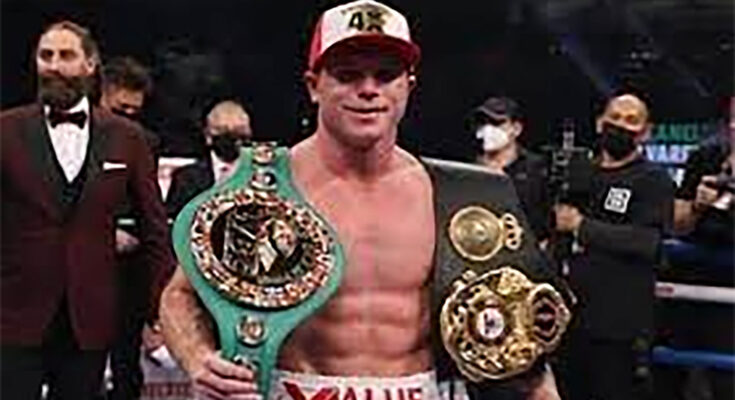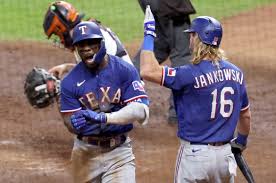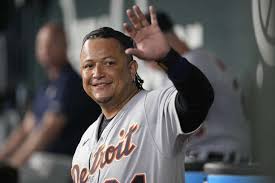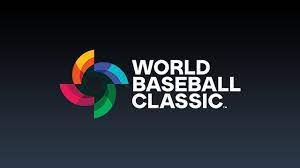Muhammad Ali once said that boxing would die after he was gone. It’s only been five years since the “People’s champ” left us, and his prediction seems pretty close to reality. To be clear though, there were many prominent boxing personalities in the Ali era who helped carry the torch, from Mike Tyson to Mantequilla Napoles, Roberto Duran and Julio Cesar Chavez. There were also a large number of warriors who earned their stripes by climbing the ladder through the local clubs in the 1970’s-80’s, the sport’s Golden Age.
For decades, the Olympic Auditorium held Thursday night shows on a weekly basis in downtown Los Angeles. These events produced rising stars like Mando Ramos, Bobby Chacon, Danny “Little Red” Lopez, Armando Muniz and Carlos Palomino, many who became world champions. Promoter Aileen Eaton treated these boxers like family and called them “her boys.” She also provided job security for other local fighters who were never quite good enough to earn a belt, such as Ruben Navarro and Frankie Crawford, but were fan favorites. All of these cards were on cable television and local channels, bringing the action to the living rooms of fans throughout the west for free. Sadly, times have changed and the aging Olympic arena is now a converted Korean church.
I was involved in a similar promotion in San Diego during the 1970’s. Iconic matchmaker Mickey Davies held events every Friday night at the old Coliseum on 15th and E. We had a cable contract too that beamed shows all over the country. It was an intimate friendly atmosphere with a small bar/lounge in the building, a busy concession area and every seat in the house gave customers a bird’s eye view of every bout. Unfortunately, we lost our lease to a furniture store warehouse that would later become a restaurant and night club. The reality is that the once popular televised events from coast to coast have succumbed to the less frequent pay-per-view extravaganzas, and the once loyal fans have lost interest due to the expense and boxing’s lack of exposure. Most of us don’t even know the name of the current heavyweight champion. That was never the case during the days of Ali, Joe Frazier, Tyson or Larry Holmes.
Nowadays, every boxer with big dreams not only needs a trainer and manager, but also a promoter in charge of scheduling fights within his or hers inner circle. If you don’t have a promoter, it’s hard to get any work and sometimes, it’s hard to find an opponent anyway. Mexico’s most famous pugilist, Saul “Canelo” Alvarez, understood that PPV fights were often too expensive for his aficionados. So in 2018, he signed a $365 million deal with DAZN, a digital sports media company, to schedule his next 11 fights. For fans who buy a subscription to DAZN, they would be able to view all the fights within their “stable” for free. But as a multi-champion, Alvarez has fought only three times since signing the pact and decided to terminate the contract and file a lawsuit. He is now a “free agent” so to speak and able to negotiate with any promoter, although his battle with Billy Joe Saunders on May 8th for a unification of his Super Middleweight title can still be seen on DAZN. Canelo also terminated his association with Oscar De La Hoya and Golden Boy Promotions.
“I’m not the type of person who likes to talk about other people, but this guy (De La Hoya) is no Golden Boy,” reveals Alvarez. “All he cares about is drinking and looking out for himself.”
Another problem boxing has is competing with MMA events for that high dollar pay per view ticket. The USF has already nearly destroyed pro wrestling and the WWF because the shows aren’t fake, and fans find it more unique than the sweet science of boxing. Additionally, the lack of unified titles and an increase in weight classes has hurt the fight game. In the old days there were only two ruling bodies, the World Boxing Association (WBA) and the more popular World Boxing Council (WBC). Those two organizations still hold the most prestige, but others include the WBO, IBF and other fringe associations like the IBO and WBU. All that is great from a public relations standpoint, although it cheapens the luster of a legit belt and only confuses the public. Okay, enough with the negativity.
The good news is that boxing continues to be an Olympic sport, and the 2021 games in Japan are fast approaching. The USA is sending a team of 13 men and women and an equal number of alternates in case of COVID complications. Most weight classes are covered in both divisions and include a few Hispanics in the male and female categories. Latinos on the first team include light heavyweight Rahim Gonzales from Las Vegas and flyweight Anthony Herrera of Los Angeles. The lone woman Latina is Andrea Medina, who is favored to win a medal. Not big numbers, but there are plenty of budding prospects among the alternates like Abraham Perez, Lupe Gutierrez and Christina Cruz.
Even more promising are a list of the top five current pro trailblazers, all who remain undefeated. Ricardo Martinez, 26, is a skilled light heavyweight from Guadalajara who is 18-0 and ready to take on advanced talent here in the States. Teofimo Lopez is actually of Honduras heritage who was born in Brooklyn, New York and a huge draw on the east coast. He is currently the unified world lightweight king and normally packs Madison Square Garden, but has also headlined cards in Las Vegas. Lopez is only 23, and figures to be a star for many years to come.
Possibly the highest publicized celebrity on the brink of greatness is Ryan Garcia, the current WBC lightweight champion who recently pulled out of his fight with Javier Fortuna due to “depression and anxiety” issues. Garcia, a 22 year old Mexican American phenom from Victorville, California seems to have a hard time with life in the fast lane, and is currently in Hawaii with his girl friend and four month old daughter to relax and ease up on the pressure and his mental health. But recent reports have surfaced that Garcia, who is still tied to DAZN and Golden Boy, was upset about the outdoor venue of the Fortuna fight, and decided to pull out. California is still tied up with COVID restrictions for indoor events, and De La Hoya wanted to attract the largest crowd possible.
Vergil Ortiz Jr. is the current WBO welterweight king and owns a perfect 17-0 record, all by knockout or TKO. The Mexican American puncher, 23, resides in Dallas but is comfortable on the road with success in Las Vegas, Los Angeles and Cancun. And rounding out the top five would be veteran Gilberto Ramirez, 29, who has held the WBO super middleweight title since 2016. Then last December, he won the NABF light heavyweight crown. Although not known for his knockout power, Ramirez has never lost in a total of 41 fights and still has a couple of years left to add to his resume.
Indeed, with this lineup of Mexican talent, boxing buffs can look forward to a possible surge in the sport. Perhaps not to the extent of the 70’s when rock and roll was king and likes of Ruben Olivares, Ramos, Chacon and Carlos Zarate ruled the ring, but perhaps something close. Confirming that prediction is Hall of Fame promoter and celebrity restaurateur Bobby DePhilippis.
“We’ve had some success (with shows) in Tijuana with some advertising and TV,” says DePhilippis. “But once things get back to normal, I think the people will get thirsty for the fight game again.”
I certainly hope so. This country is so rich in boxing history. It seems beyond belief to let it all fade away.




